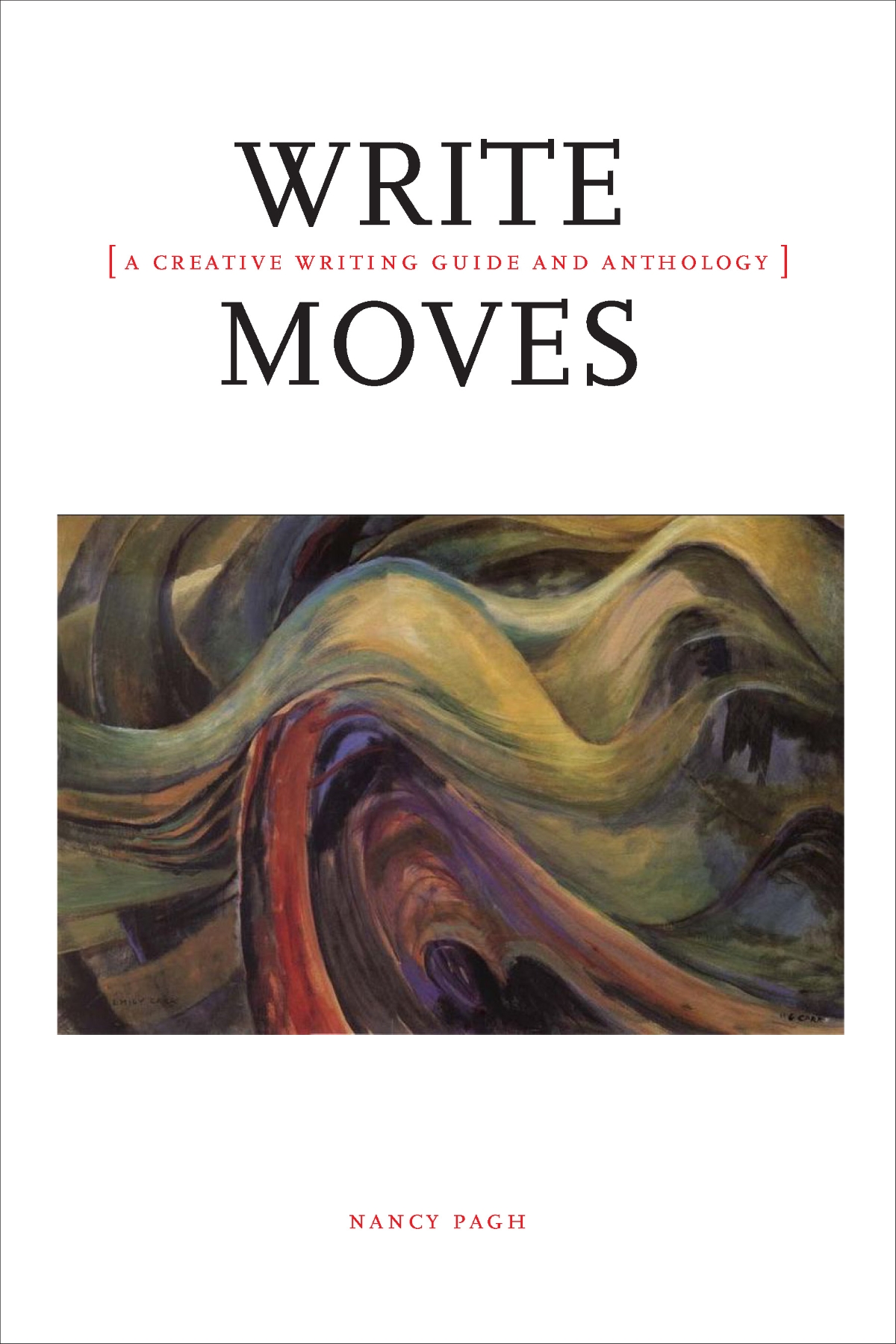ELA 7-8 Finishing up Projects Before the Break
We’ve only got 2 classes left for 2022! We won’t begin anything new, but you’ll use these classes to confirm you’ve finished recent activities/projects we’ve done. You can use this as an opportunity to see if you can properly track your own completions through our Teams Assignment Tab.
Here is the list of recent-to-older activities to complete:
- Beginnings 9 (assigned to you today) See below for video.
- Five Frame Stories: Instructions at this blog link.
- Five images added into Google Slides – shared.
- Storyline developed to make a reasonable plot based on images selected. (Around 5 sentences each image.)
- Using Screenrecording tool WITH MICROPHONE to record a VIDEO of your Five Frame Story. Video uploaded to your Google Drive and then Shared with me to the gmail account. (The video is the final project.)
- 55 Word Stories: Instructions at this blog link. You should have a minimum of 4 completed. (1 from the 1st day trying & 3 from day 2)
- Beginnings 8 Free Write activity. (We did this Dec 6 – many people were missing that day.)
- Quill Sentence Combining Activities: Assigned/done also Dec 6th.

- “Thank You Ma’am” Flipgrid response to short story questions. We read this story together using Active Reading Cues (predictions, motivation of characters, summarize) and then you answered/discussed the questions attached in your handout. Most used Flipgrid to record responses and some submitted written responses in Google docs.
Are you keeping up with our work in ELA 7-8? You’ve had many months now to get used to the format for class and kinds of assignments we do.
If you’re not finding a way to be more aware of what’s unfinished, we should talk about strategies for that.





